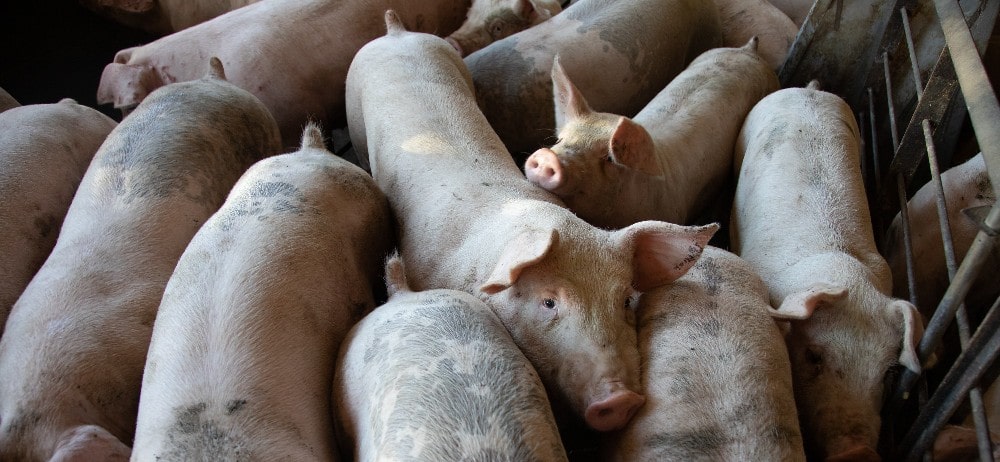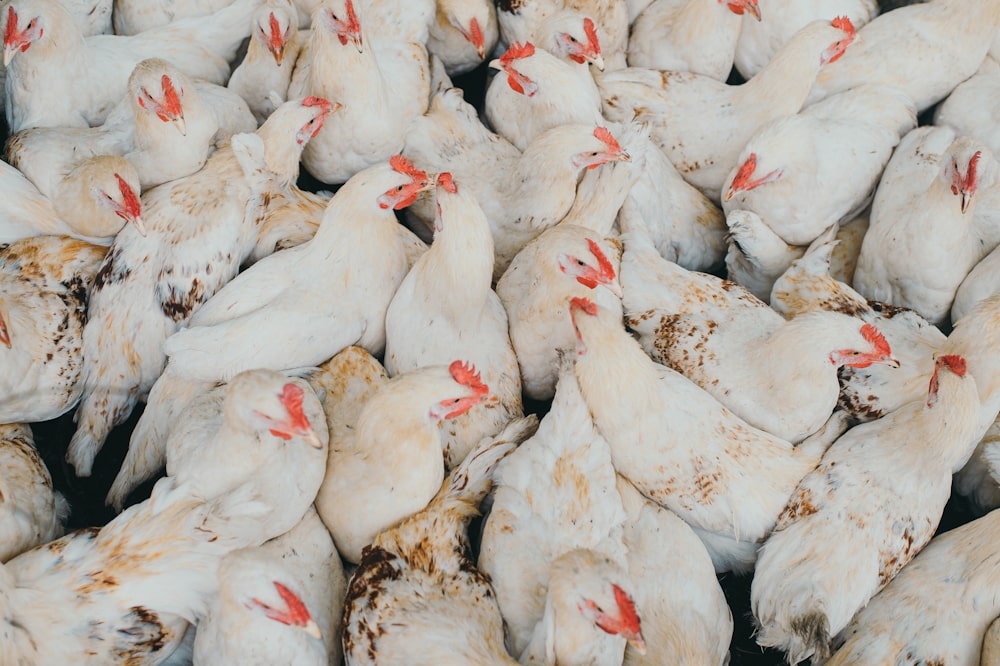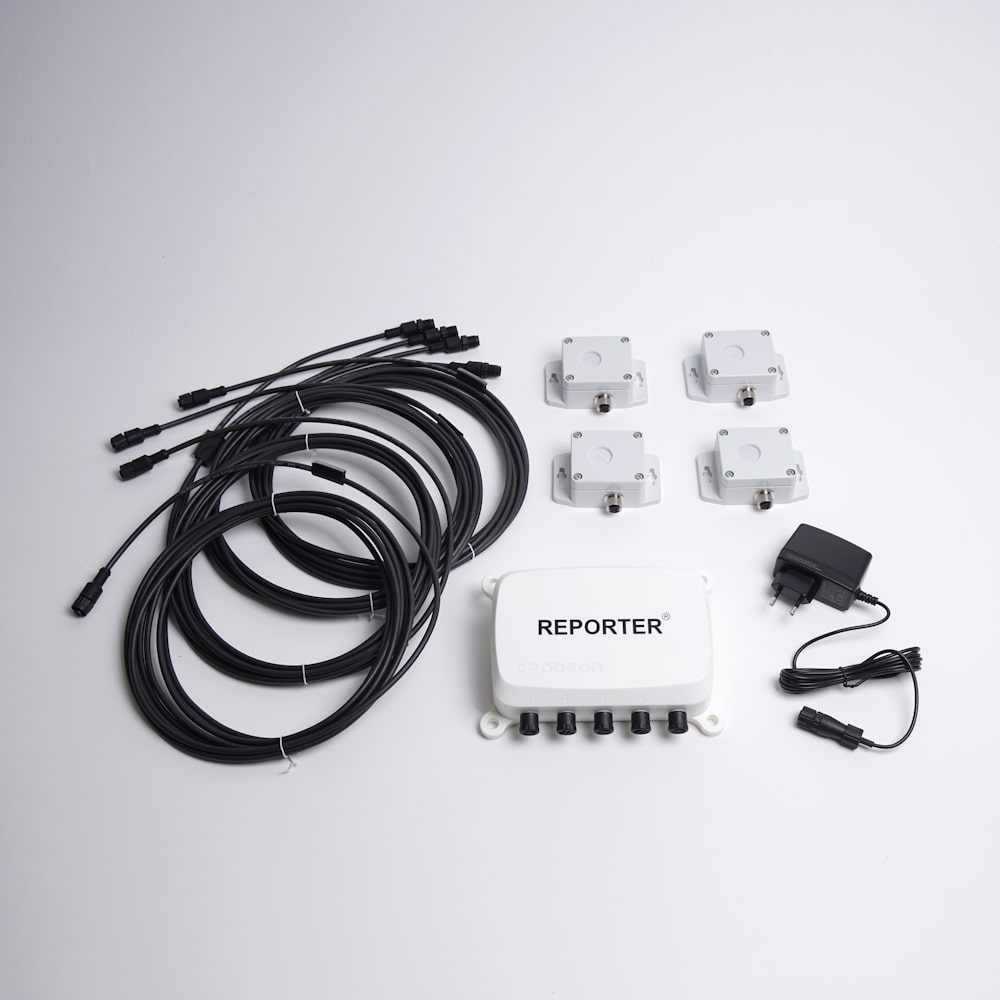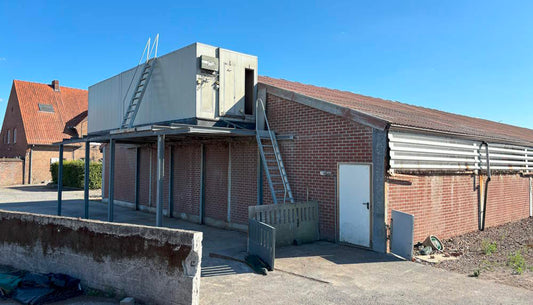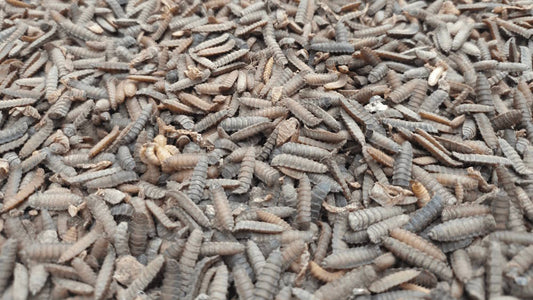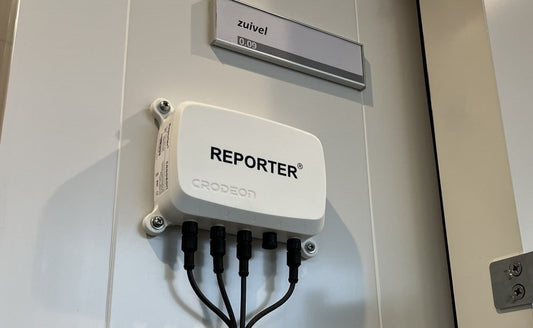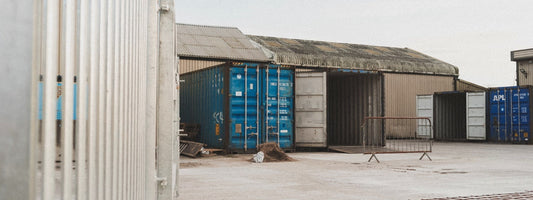How to prevent and detect a barn fire in a pig pen
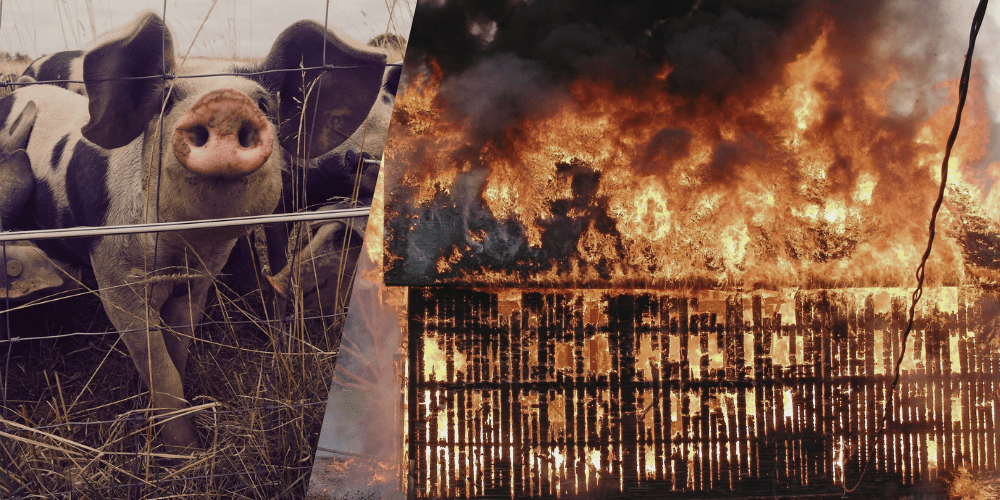
Sadly, it's not uncommon to see reporting of yet another farm fire in the news where hundreds or thousands of pigs died. Every year, thousands of animals die in barn fires in the Netherlands and Belgium alone. Other European countries suffer the same fate, significantly increasing the number of horrific animal deaths and the financial setbacks for farmers.
In this blog we'll have a look at what causes barn fires in pig pens and what fire safety precautions can be taken to keep hogs safe.
What causes barn fires in a pigsty?
Whenever a pig pen catches fire, this can be due to many reasons. The nature of the bedding, high dust levels and the presence of flammable gases from swine manure can cause the fire to rapidly grow bigger.
The most common reasons for a farm fire to occur in a pigsty are:
- faulty equipment
- heaters
- old wiring
- smoking
- improperly dried straw or haybales
Old equipment or wiring that causes sparks can ignite a barn without you realising it. Similarly, sparks from a cigarette or the bud itself can cause a fire in a very dry environment. Hay fires are another risk by themselves.
When it comes to fires, prevention is more important than cure.

How to prevent a farm fire in a pig pen?
To prevent barn fires from harming your sows, gilts and boars, it is recommended to think about the materials that your barn is constructed out of. But also to think about what kind of bedding your use, how you handle manure removal and storage and how you choose to store flammable materials like hay.
1. Use slow-burning materials when building your farm
Insulation, roofing, walls and more should all be built using fire-resistant or fire-retardant materials. The more time you get to evacuate your shed when your alarm system has warned you, the more animals you can bring to safety.
2. Store hay and straw bales in a separate location
Firstly, you should only buy properly dried hay and straw, as moist bales can combust. Secondly, you should store these bales in a different location away from your pigs. This way, even if the bales would start a fire, your animals would be safe. Other flammable materials would preferably also be stored away from the barn.
3. Maintain equipment when needed
Faulty equipment needs to be replaced or professionally fixed. Do not continue to use old equipment without proper and regular inspections.
4. Install a ventilation system that removes flammable gases
Pig manure gives off flammable gases. A ventilation system helps to keep the level of these gases to a minimum while also bringing in fresh air.
5. Ban smoking in or near the farm
One tiny spark may light a fire, therefore it is best to prohibit smoking in or near the barn
6. Try to keep the amount of dust in the air as low as possible
As bedding like wood shavings, straw, shredded paper etc. are all very dusty, they themselves form a risk when it comes to fire safety. A ventilation system too, can help remove excess amounts of dust out of the air.

How to detect a fire using an alarm system?
We all know the common smoke detector mounted to our walls and ceilings to keep us and our houses safe. These same systems can be used to keep your barn safe.
One big disadvantage however is that such an alarm is only audible whenever you're in close range of the system. Besides, we all know how fussy such systems can be. Batteries go flat, it's just not always reliable.
Fortunately, there are more modern systems to detect a fire, even when you're not around. Take the Google Nest smoke detector for example, which sends warnings to your phone. Similar systems by other manufacturers are also widely available.
These systems work on grid power and WiFi. So to make sure that they can keep doing their job, it's important to make sure that your barn does not suffer a power outage which renders the smoke alarm useless.

How Reporter monitors your smoke alarm
Reporter is a remote monitoring system that can detect a power cut. The power outage alarm will notify you through your phone or email if the power - and therefore also the WiFi smoke detector - is down.
How Reporter monitors CO2 and temperature
Reporter is a sensor device for remote monitoring that allows you to measure, monitor and log CO2 levels and temperature inside the pig pen. Not only will Reporter keep an eye on the environment inside your barn, but it will also send out alarm notifications to your phone when something is wrong. No matter where you are, you can check up on the temperature and CO2 levels your pigs are experiencing.
When carbon dioxide levels spike this can indicate a malfunctioning ventilation system. A sudden increase in temperature can indicate that your pig farm is experiencing trouble with the ventilation system. A malfunctioning separate cooling system can also cause the temperatures inside the pigsty to rise.
As pigs can suffer from CO2 poisoning and heat stress, these readings indicate an emergency, regardless of fire. You will have to go check on your hogs anyway.
A CO2 and temperature measuring system for everyone
Reporter is a plug & play device that was designed to make remote monitoring and data collection available to everyone, whether you have a technical background or not. Reporter works on grid power or solar power, so you don't have to replace any batteries.
Reporter has four connectors that are compatible with a wide array of sensors for temperature, carbon dioxide, and much more. Flow meters can measure water consumption in pig pens and light sensors can measure lux in pigsties.
Reporter does not replace your smoke alarm, but it helps you have more peace of mind as you can be sure that Reporter too, is checking if everything is okay in your pig barn. This will increase fire safety in your pigsty.

Increase fire safety in your hog farm
Reporter is a part of Smart Farming in the agricultural sector. It can send alarm notifications in real-time and will keep logs of historical data. All measurement settings can be changed in a browser-based app and your data can be viewed live. If you want to use your measurements to optimise your ventilation system this can easily be done by using Reporter's rest API.
Smart Farming is the future and when it comes to CO2 sensors and heat alarm systems in a pig pen, Reporter is just what you need.
Don't hesitate to contact us if you have any questions!
Sources
Wakker Dier. (2023, June 3). 134.000 stalbrandslachtoffers in 2022 - Wakker Dier. https://www.wakkerdier.nl/nieuws/134-000-stalbrandslachtoffers-in-2022/
Animal Rights. (2022, February 7). Stalbranden 2022. (n.d.). https://www.animalrights.nl/stalbranden-2022
defra (Department for Environment Food and Rural Affairs). (2004). Farm Fires – Protecting farm animal welfare. http://defra.gov.uk.
Q & A
How many barn fires happen annually?
In the Netherlands 10 barn fires were reported in 2022 according to Wakker Dier, with a total of 134,000 animal deaths. A majority of the victims were chickens. Wakker Dier also reports that in the period of 2013-2022 over 1.5 million animals in total perished in farm fires. In Belgium 12 commercial barn fires happened in 2022 according to Animal Rights, with a total of 41,800 animal deaths.
What is the cause of farm fires?
A barn fire is often started due to faulty equipment or wiring causing sparks, heaters overheating, smoking of cigarettes, or hay bales combusting.
Barns are filled to the brim with flammable materials like straw, hay, wood shavings and dust. A fire can rapidly spread in this environment. The presence of flammable gases originating from manure, only makes the fire worse.

